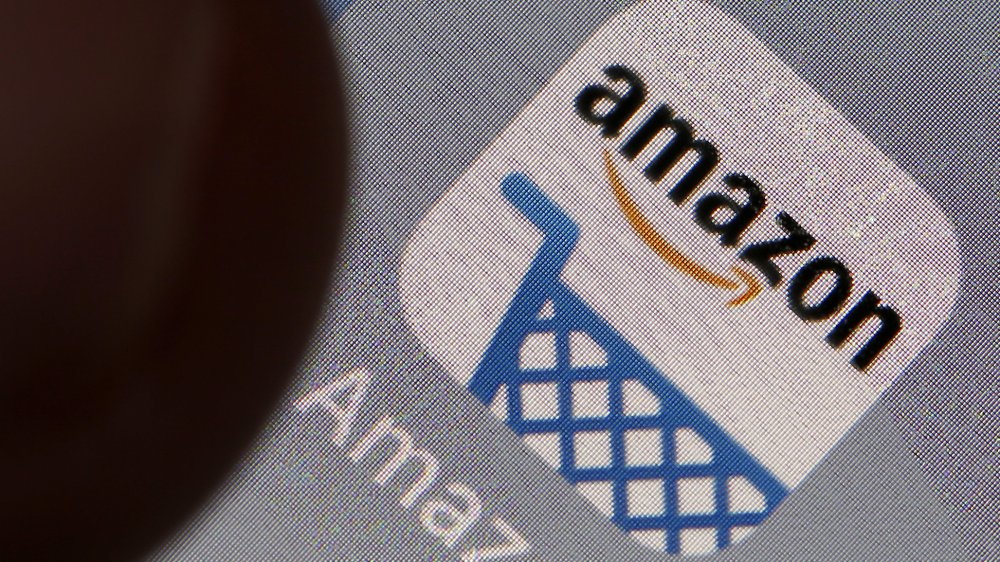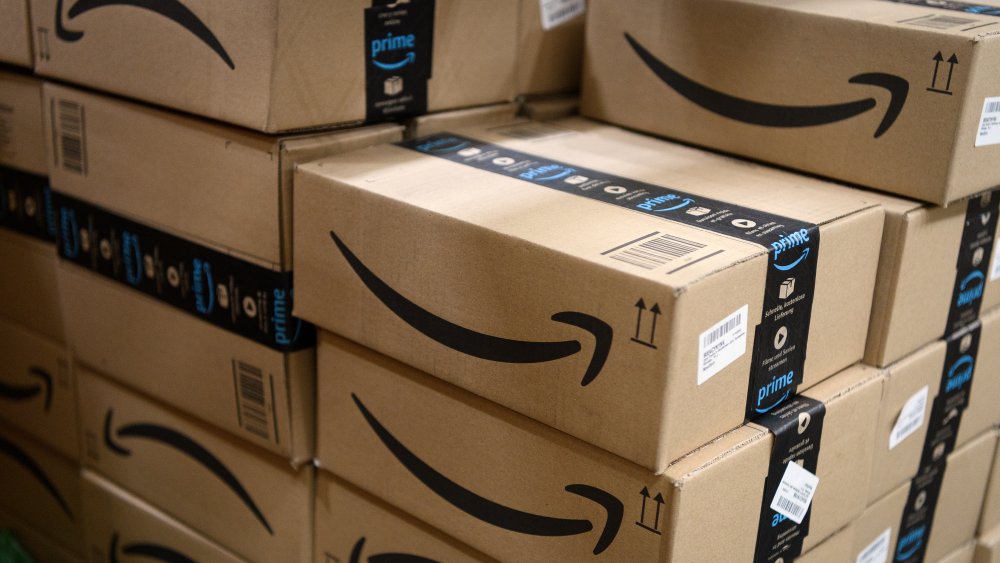The Truth About Amazon's Fake Reviews
When it comes to online shopping, Amazon is king. A Prime membership gives you access to anything and everything at the click of a mouse. In two days, sometimes even less, groceries, prescriptions, furniture, and even that slow cooker you've been eyeing are at your door — with no additional charge for shipping (via Business Insider).
But all that convenience and access isn't the draw for most people when it comes to shopping with the online giant. It's the verified customer reviews. The reviews give potential buyers a sense of the product's quality and reliability before spending any money, and there's even a forum function on the site that allows shoppers to ask previous purchasers questions about the product (via USA Herald). In fact, a 2020 survey conducted by Tinuiti confirmed that reviews, as well as price of the product and shipping, were the top considerations for choosing to shop on Amazon versus other online retailers. Unfortunately, those reviews can't always be trusted.
In a recent report on CNBC, Saoud Khalifah, founder and CEO of Fakespot explained that, "the review system, as of today, is broken." He goes on to explain that although fake reviews have always found their way onto the site, since the pandemic and the subsequent increase in online sales activity, that percentage has increased nearly 10 percent.
Amazon's fake review problem is actually hurting their bottom line
Compared to sales from last year, Amazon's numbers have increased a whopping 57 percent thanks to Covid-19 concerns, and that increase is reflected in the number of reviews which are up a shocking 76 percent. According to a July 2020 study titled The Market for Fake Reviews, researchers out of UCLA and USC found that in 2019, 20 different Facebook groups were used to farm over 560 fake Amazon reviews a day, and that was before the pandemic concerns created a boost in sales.
According to the study, in exchange for five-star reviews, disingenuous sellers would offer fake purchasers free products or even a small fee for their services. In some cases, reviewers would be asked to leave one-star reviews on competitor products, as well. Combined with bots and click farms that are used to not only boost sales of unsafe products, but to hurt other sellers, the problem has grown exponentially. Many reputable brands, like Nike, have severed ties with Amazon because of it. The business of farmed reviews might show a temporary boost in sales for questionable retailers, at least until buyers catch on. But ultimately it hurts the business of legitimate third-party sellers, Amazon's big market retail relationships, and inevitably their reputation and overall sales (via CNBC and Los Angeles Times).
Amazon is working to resolve the issues
There's no denying that Amazon wants to resolve the issue plaguing their once heralded review system, but the problem is ever evolving and the scammers are always finding new and better ways to dupe the company and buyers (via CNBC). Amazon has been quick to respond to the fake review problem and just last week removed over 20,000 farmed five- and one-star reviews, but there's only so much they can do.
Janson Smith, a third-party Amazon seller, told the BBC, "I do genuinely think that Amazon does as good a job as it can, but I think it's a bit of a cat-and-mouse game." In an effort to alleviate customer fears, Amazon released the following statement, "We want Amazon customers to shop with confidence knowing that the reviews they read are authentic and relevant. We have clear policies for both reviewers and selling partners that prohibit abuse of our community features, and we suspend, ban, and take legal action against those who violate these policies" (via USA Herald).
How to spot fake reviews on Amazon
Unfortunately, relying on Amazon isn't enough. Shoppers need to do some of the legwork themselves. Downloading a Chrome extension, such as like Fakespot, which does a quick analysis of a product's reviews for verification can definitely make the process easier. Plus, there are also some simple tricks you can watch out for that can help you tell the real reviews from the fake (via CNBC).
First, check the timestamps on the reviews. If a newer product suddenly gets a bunch of reviews in one or two days instead of over weeks, months, and years, be wary (via Reader's Digest). Second, look for review language that seems repetitive and has glaringly obvious grammar and spelling errors. Many farmed reviewers don't speak English as a first language, so any cluster of reviews with similar wording and obvious grammar errors should be questioned. Finally, don't be fooled by an overwhelming number of five-star reviews. No product can have all perfect reviews. It's one of the most important things you can look for (via CNBC). When you are researching a product, it's actually best to pay closer attention to the reviews in the two, three, and four star ratings, which are likely more reliable, according to digital marketing expert Neil Patel's blog.
Remember also to always leave fair and legitimate reviews after you make a purchase to help out other shoppers, and if you think you've come across a fake, use the report button next to the review (via CNBC).



